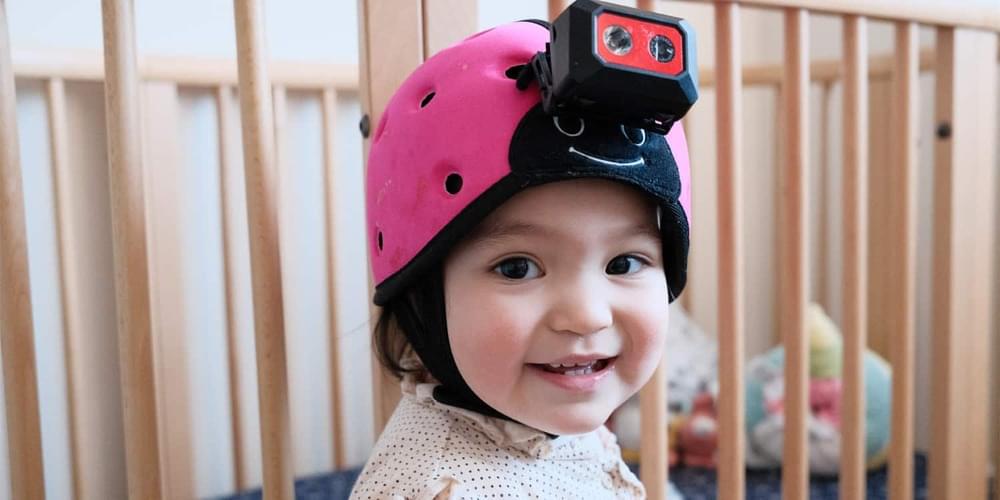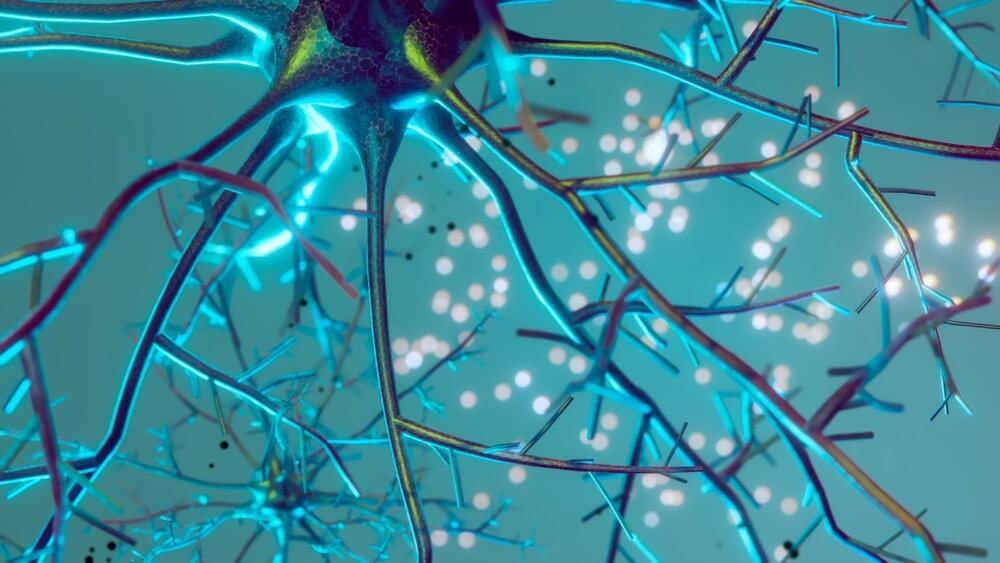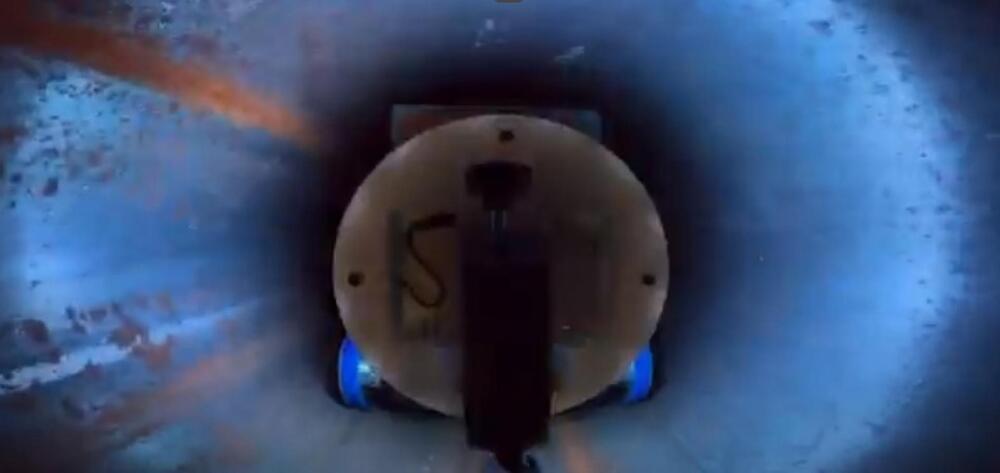In a groundbreaking study published in the journal Science, researchers have developed a machine learning model that mimics the way children learn language, offering new insights into early language acquisition. Using video and audio recordings from a young child’s perspective, the model successfully learned to associate words with visual objects, a feat that sheds light on the mysterious process of how children begin to understand and use language.
Understanding how children learn language has long been a fascinating subject for scientists and educators alike. At the heart of this is the phenomenon of connecting words to their meanings – a process seemingly simple yet incredibly complex. This study sought to demystify this process using the latest advancements in artificial intelligence.
The motivation behind this research lies in the need for a deeper understanding of early language acquisition. Traditionally, studies in this field have been conducted in controlled laboratory settings, which may not accurately reflect the natural environment in which children learn language.








